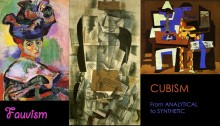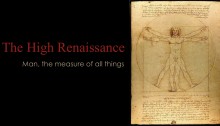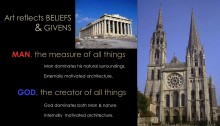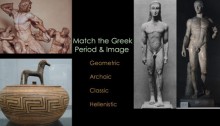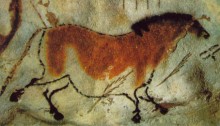Art is Us 2015 week 8
The eighth session of the “Art is Us” art history class for Spring 2015 was held on Thursday, May 7. Students brought in “Tribes” puzzles for classmates to solve. Paintings by Harnett and Picasso were compared. We spent extra time on Cézanne, as he is key to understanding modern art. A brief quiz reviewed characteristics of Impressionist and Post-Impressionist periods. The Fauvist and Cubist movements were introduced, featuring work by Matisse, Braque, and Picasso.
